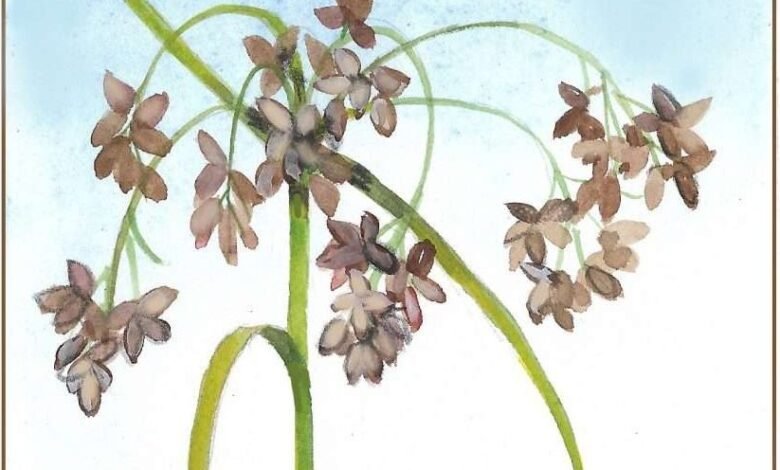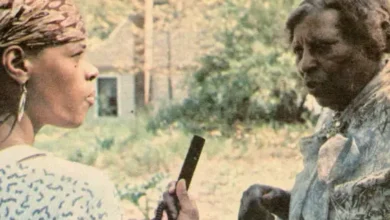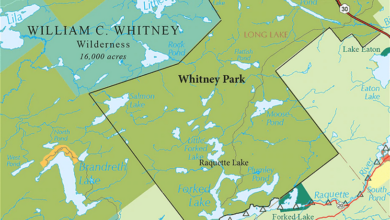Northeastern Bulrush & Why Federal Grants Matter


 Twenty years ago, at this time of year, I found myself walking the margin of a marsh in east central Vermont with then State Botanist Bob Popp. We had traveled to that particular site because it showed promise as potential habitat for the rare northeastern bulrush.
Twenty years ago, at this time of year, I found myself walking the margin of a marsh in east central Vermont with then State Botanist Bob Popp. We had traveled to that particular site because it showed promise as potential habitat for the rare northeastern bulrush.
This elusive species requires exposed soil at the water’s edge. Just as we were about to depart from the last wetland in the area, Popp called me over to exclaim that he had found what we were seeking, which he recognized by the arching arms of the seedhead that reminded him of an explosion of fireworks.
The northeastern bulrush, which is sometimes called the barbed bristle bulrush (Scirpus ancistrochaetus), grows from rhizomes along the margins of ponds, marshes, ephemeral pools, and other wetlands.
Stems emerge in areas of intermittently exposed soil where the water is typically between 3 and 16 inches deep. It can grow in a variety of substrates, from rich peat to sandy soils, and prefers sunny, open conditions.
The northeastern bulrush depends on fluctuations in the water table and is usually found in naturally disturbed wetlands, such as the edges of beaver ponds and wetlands in river floodplains. When these dynamic wetlands become stable, this species disappears, only to re-establish when the habitat changes and becomes favorable again.
Mature stems range from 32 to 47 inches high and produce small brown flower clusters, beginning in mid-summer, that extend out from a central point. Each tiny, three-parted flower bears six bristles with barbs that face toward the ground. These protrusions gave rise to its Latin name, ancistrochaetus, meaning “hooked hairs.”
The northeastern bulrush begins to fruit in late summer. The buff-colored achenes, which each bear a single seed, last until early fall. More often, however, the plant reproduces clonally, spreading vegetatively rather than by seed.
The northeastern bulrush has only been recognized as a distinct species since 1962. The plant has been found in eight states and is endangered throughout its range.
It is extremely rare in New Hampshire and Massachusetts and is rare in New York and Vermont. In New England, most populations are found along both sides of the Connecticut River, and in southeastern Vermont and northwestern Massachusetts.
While historically found in New York, it was last seen in Washington County in 1976 and was considered extirpated from the state before being rediscovered in Steuben County during federally-funded surveys.
In 1991, with only 13 known populations, the northeastern bulrush was listed by the U.S. Fish & Wildlife Service (USFWS) as an endangered species.
However, in July 2024, with some 150 populations now identified, including numerous locations in Pennsylvania, USFWS proposed removing the plant from the federal endangered species list.
“One crucial part of the northeastern bulrush’s story is that it was federal grants through the Fish & Wildlife Service that allowed botanists to search for additional populations throughout its range, leading to the current delisting proposal,” said Vermont State Botanist Grace Glynn. “Without federal funding for endangered species work, our understanding of the true abundance and distribution of species like the northeastern bulrush would be greatly lacking.”
Reasons for the proposed delisting of the northeastern bulrush include successful habitat conservation and improved monitoring of known populations. Vermont Fish & Wildlife Department has used two Recovery Land Acquisition Grants from USFWS to buy and conserve a number of properties containing crucial habitat for it.
Active efforts to control invasive species in bulrush habitat have also benefited the species. One of the most important laws that has helped to protect the northeastern bulrush is the 1972 Clean Water Act, which was passed during the Republican administration of Richard Nixon.
The provisions of this law, which have protected waterways and associated wetlands, have also benefited the kinds of transient wetland environments where the northeastern bulrush lives by cleaning up pollution, decreasing toxic runoff and protecting nearby habitat from development.
The northeastern bulrush is a classic example of an endangered species whose continued existence is the result of resources and conservation made possible by state and federal laws, and funding, that protect thousands of rare species.
The next time you’re out along the edge of a beaver pond, or in some other changeable wetland, keep an eye out for a tall plant topped with a seedhead of fireworks – an apropos display to celebrate this species’ journey back from the brink.
Michael J. Caduto is a writer, ecologist, and storyteller who lives in Reading, Vermont. He is author of Through a Naturalist’s Eyes: Exploring the Nature of New England. The Outside Story is assigned and edited by Northern Woodlands magazine and sponsored by the Wellborn Ecology Fund of the New Hampshire Charitable Foundation: www.nhcf.org.
Source link




